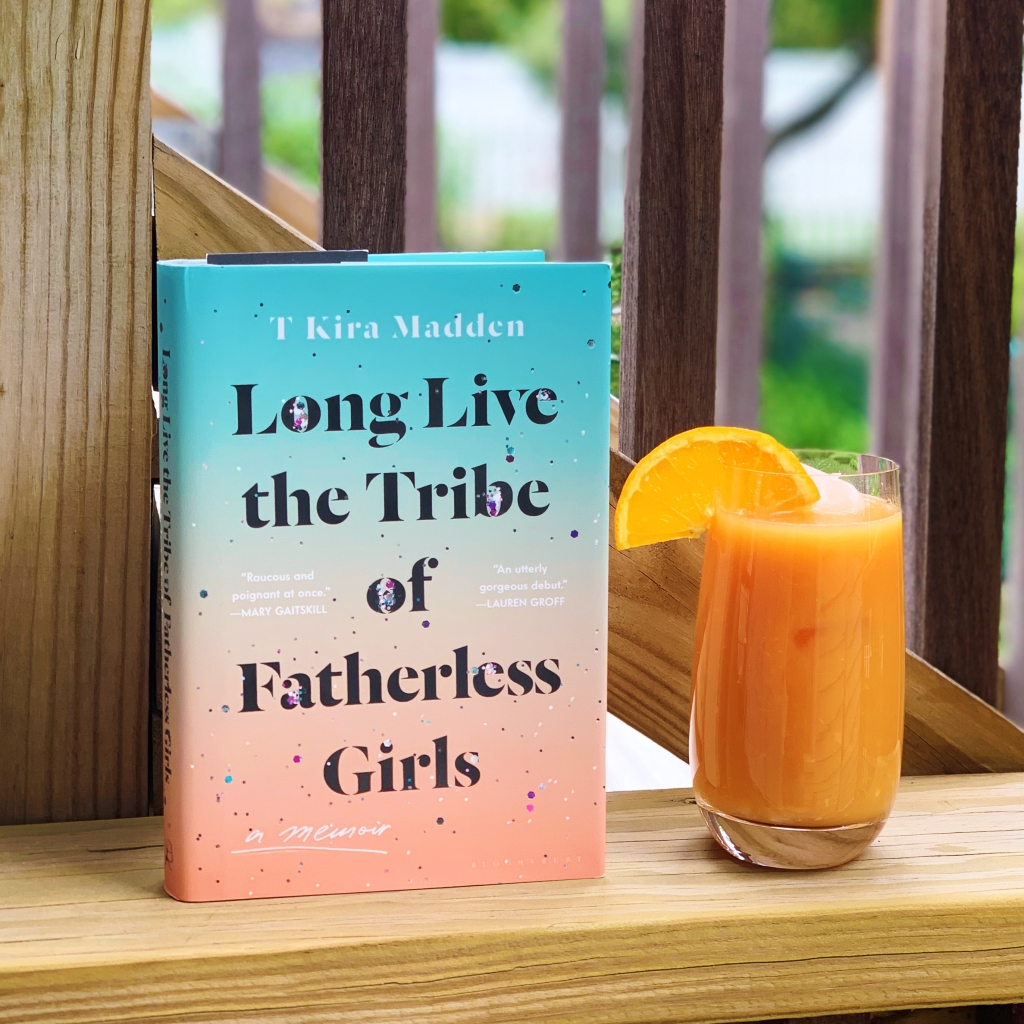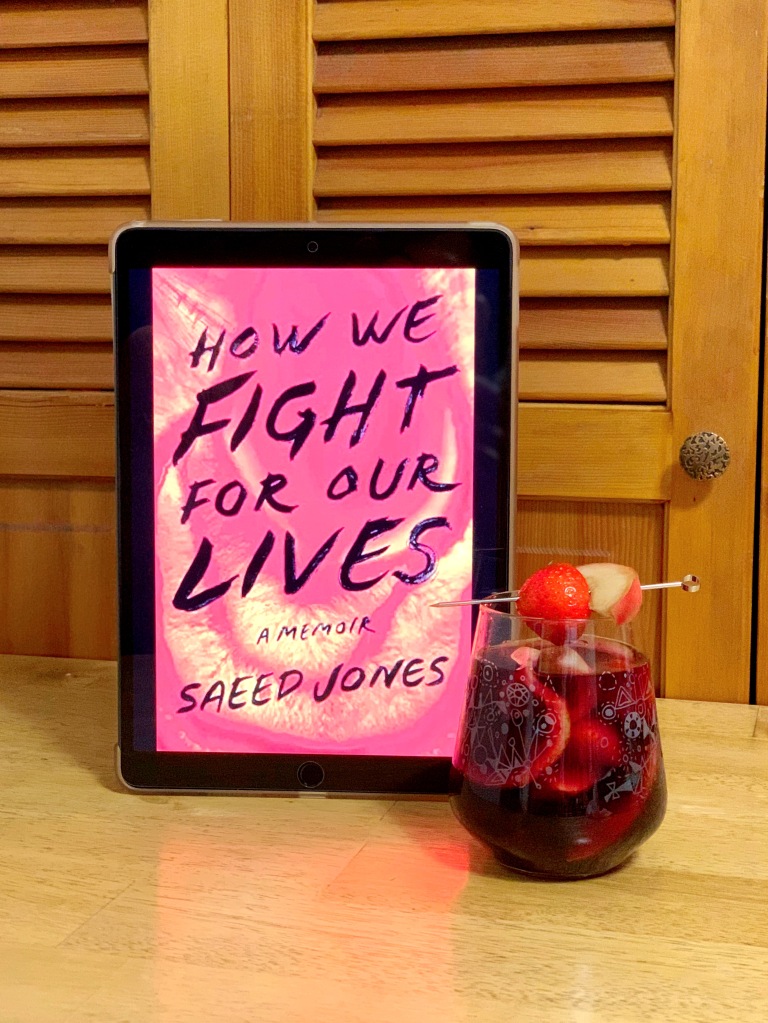
📖: Dantiel W. Moniz’s Milk Blood Heat (2021)
🍸: the color of girls
Why this book?
If you haven’t read this yet, you MUST. This is one of my favorite short stories collections in recent years, and I’ll be returning to this book to learn from the skill and craft it took to sculpt these 11 short stories, presented in just under 200 pages.
Daniel W. Moniz balances lyricism with precision in her language, so that in just a few words, I was instantly drawn into this evocative world of mothers and daughters, spouses, siblings, and friends — all of whom are trying to figure out who they are, and what they are and should be to each other. I loved the way that the city of Jacksonville wasn’t just a setting but a feeling that shaped the decisions and desires of these women.
In these characters, I saw my own flaws and insecurities reflected back at me, and it was cathartic and reassuring — a relief that I’m not alone with these feelings. These are deeply human stories. Moniz knows exactly where and when to close her stories, and with endings that feel like openings, I wanted more.
I’m so grateful to have won a signed copy of the UK edition from @deezybotpress ’s giveaway last month. Thank you, Dantiel Moniz, for sending me your book!
Why this drink?
This pina colada inspired cocktail is a reference to the titular story in this collection, where two girls drink a pink mixture as part of a ritual to solidify their friendship. “Pink is the color for girls,” one of them says, mixing her blood with a bowl of milk.
In this recipe, I use canned coconut milk and a squeeze of fresh blood orange juice to recreate the blood-in-milk effect. See the second slide in this post for the recipe.

the color for girls
ingredients:
2 oz coconut rum
1.5 oz unsweetened coconut milk (from a can)
1 oz pineapple juice
3/4 oz coconut syrup or simple syrup
1/3 oz lime juice
1 small blood orange
for garnish:
blood orange and pineapple
optional: grated nutmeg
- Add all ingredients in a shaker, and shake well with ice.
- Strain into a glass with a generous amount of crushed ice.
- Cut the blood orange in half, and squeeze a small amount of its juice over the top of your drink for the “blood-in-milk” effect.
- Add garnishes. Top off with a pinch of ground nutmeg, if desired.
Notes: 🥂
*Coconut rum can be replaced by white rum.
*I used Liber & Co’s toasted coconut syrup, but if this is not available, make a simple syrup by heating 1 part water and 1 part sugar over the stovetop just until the mixture begins to boil and all sugar is evenly dissolved.
*To make your “blood-in-milk” ingredient thicker, you can make a blood orange syrup by heating 1 part freshly squeezed blood orange juice and 1 part sugar over the stovetop until it begins to boil and all sugar is evenly dissolved.
Another round, please! 🥂
You might also like:
Roxane Gay’s Difficult Women (2017)
Let’s discuss!
Finished the book? What did you think about it? Share your thoughts in the comments section below!
















